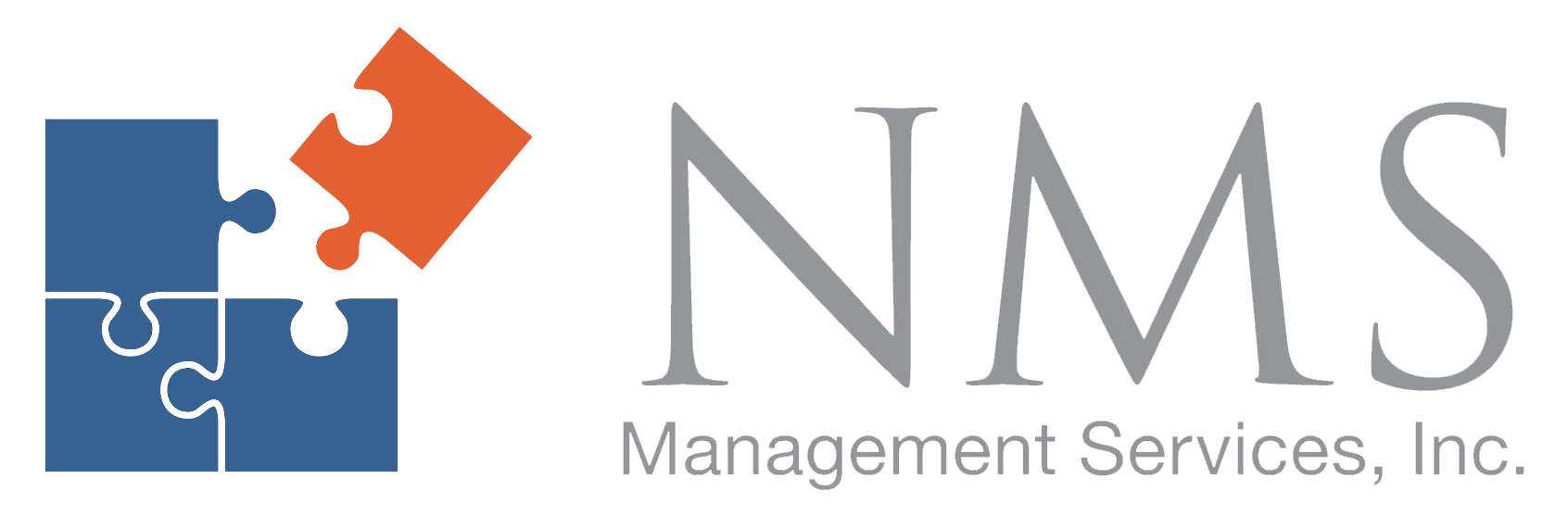Now that parts of the United States are beginning to see fewer new cases of COVID-19 and the curve may be flattening, business owners are considering what an eventual return to the workplace will look like.
One thing everyone can agree on is that it won’t be exactly like it was before the pandemic.
Those of us in drug and alcohol screening and treatment, and our business partners in transportation, construction and other safety-sensitive industries, need to be prepared for the likelihood that there will be a major uptick in the number of employees struggling with substance use disorders.
Historically, crisis events tend to trigger increased drug and alcohol abuse. Post 9-11, for example, the National Institutes of Health raised concerns about increased substance use by those impacted by the tragedy. Meanwhile, after Hurricane Katrina, the Centers for Disease Control and Prevention found the hospitalization rate for substance abuse disorders in the New Orleans spiked to 9.65 per 1,000 population from 7.13 per 1,000 population in 2004. Hospitalization for alcohol use disorders rose by 35 percent. Experts fear that we will see similar trends this time, but on a national scale.
People frequently self-medicate with drugs and alcohol to cope with feelings of stress and anxiety. Uncertainty about the future, loneliness, lack of routine, economic dislocation, job loss and fear of death by disease, can all be triggers for those who are vulnerable to substance abuse, including those in recovery – even after long periods of abstinence. Meanwhile, stay-at-home orders now in effect for COVID-19, limit access to support systems such as friends, neighbors, therapists, church, family and recovery groups.
Early indications aren’t good. Researchers at the University of Southern California report that in late March alcoholic beverage sales rose by 55 percent, compared to sales in 2019. While the increase in sales could represent stockpiling for the sheltered weeks ahead, it also signals the potential for alcohol abuse. Survey results released by Alcohol.org indicate that in most states about one out of three people are drinking during ‘work-at-home’ hours.
A surge in drug and alcohol abuse could have long-term consequences for the sobriety of our workforce and our industry’s efforts to ensure drug-free workplaces.
So, how do we prepare ourselves for these potential post-pandemic realities?
Awareness – Use this time to increase your expertise and understanding of addiction and national statistics on substance use/abuse, with clarity on successful interventions and treatments. Familiarize yourself with your local resources and join forces for bettering your community. In the coming weeks, we recommend checking the Substance Abuse and Mental Health Services Administration website which has developed a list of resources related to COVID-19.
Understanding with Boundaries – Recognize that trauma, fear, boredom and poor modeling drive bad decision-making of all sorts. But people can and do recover, they can and do learn lessons, they can and do change their behaviors. They can and do need accountability. All of these things can and do matter! Be prepared to be the voice of reason with great patience.
Compassion – Giving every human being the dignity and respect they deserve, even when they make poor choices helps them to “hear” your wisdom and advice. Judgment destroys your credibility. Keep on caring!
Education – It’s time for you to hit those social media platforms and find creative ways to educate your community toward health, wellness and vitality. Be part of the solution in a big way by offering alternative, creative options for use of down-time and positive coping skills.
Support – More than ever before, it is time for us all to pool our resources, referrals, recommendations and reach out to one another as we forge new paths in dealing with unprecedented scenarios. What do you have to offer? What might you need? Share it with us in our member forums and let’s keep conversations going.
For questions or concerns about your business practices after COVID-19, contact us at [email protected] or continue to check our blog for updates about serving our clients and communities in a post-pandemic America.

